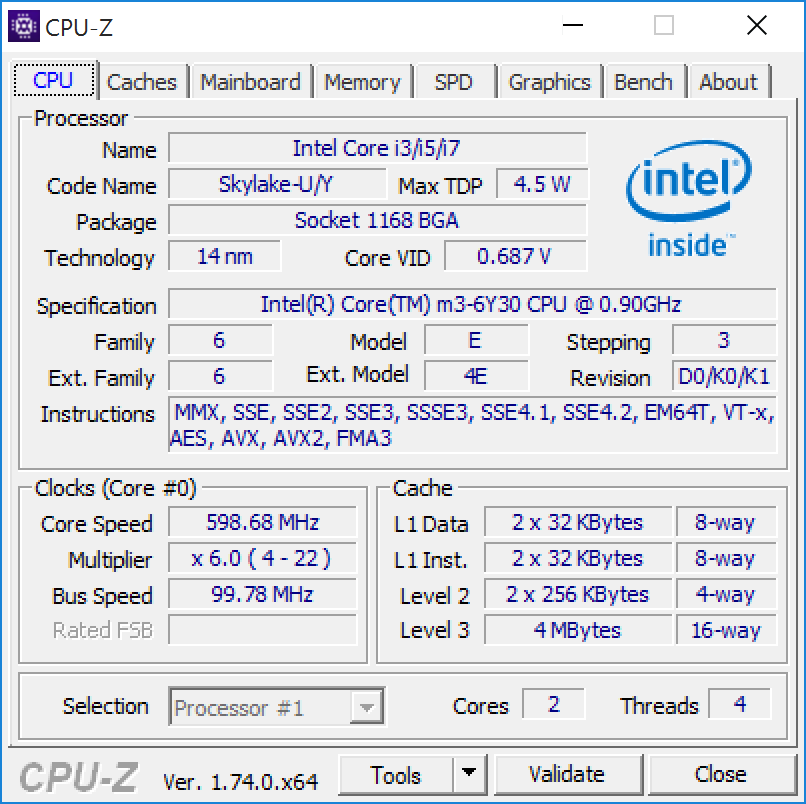I think the bit-ness of your floating point arithmetic will have more to do with the language/compiler environment than anything else. Being a Java luser, I can tell you that the default for Java is 32-bit floating point arithmetic. Doing half-precision IEEE 754 math in Java is . . . tricky?
Most common compiler environments like gcc/g++ etc. are going to default to 32-bit floats
Nice find! I would totally get one if I were going to get a 6700k . . .
Making sure we are on the same page. This is about the graphics precision. Not the core precision.
For example....
http://imgtec.com/powervr/graphics/series7xt/
Take a look at the table on that page. Executing the "same" code with less precision would most likely give you better benchmarks as you get double the resources effectively.
GT7800 8 256 (FP32) or 512 (FP16)
GT7900 16 512 (FP32) or 1024 (FP16)
Last edited:




